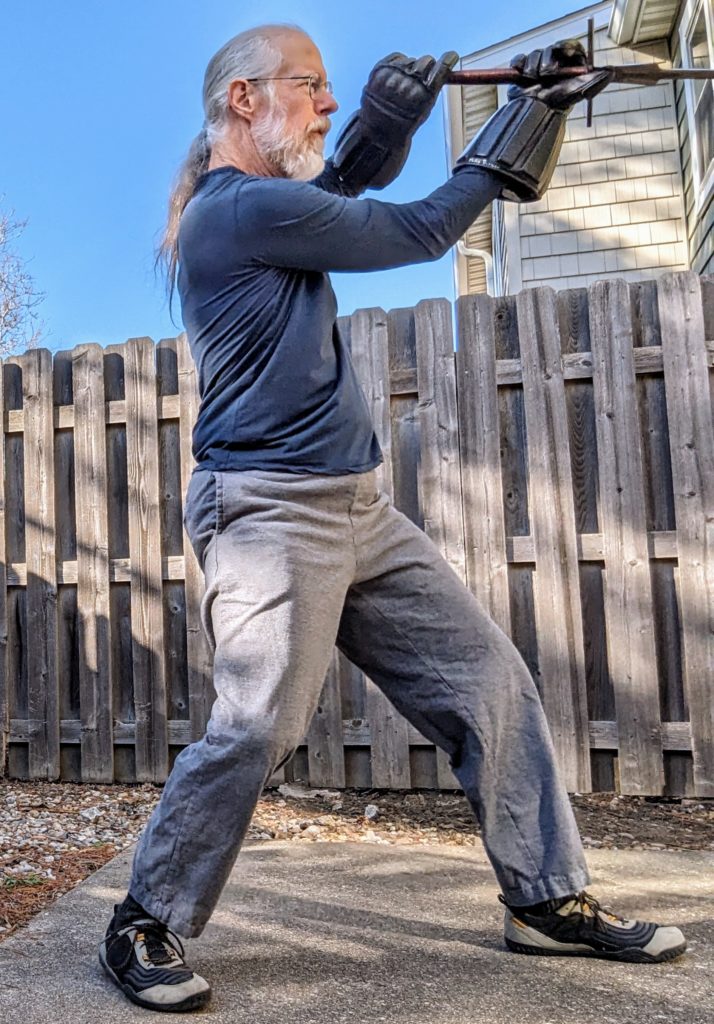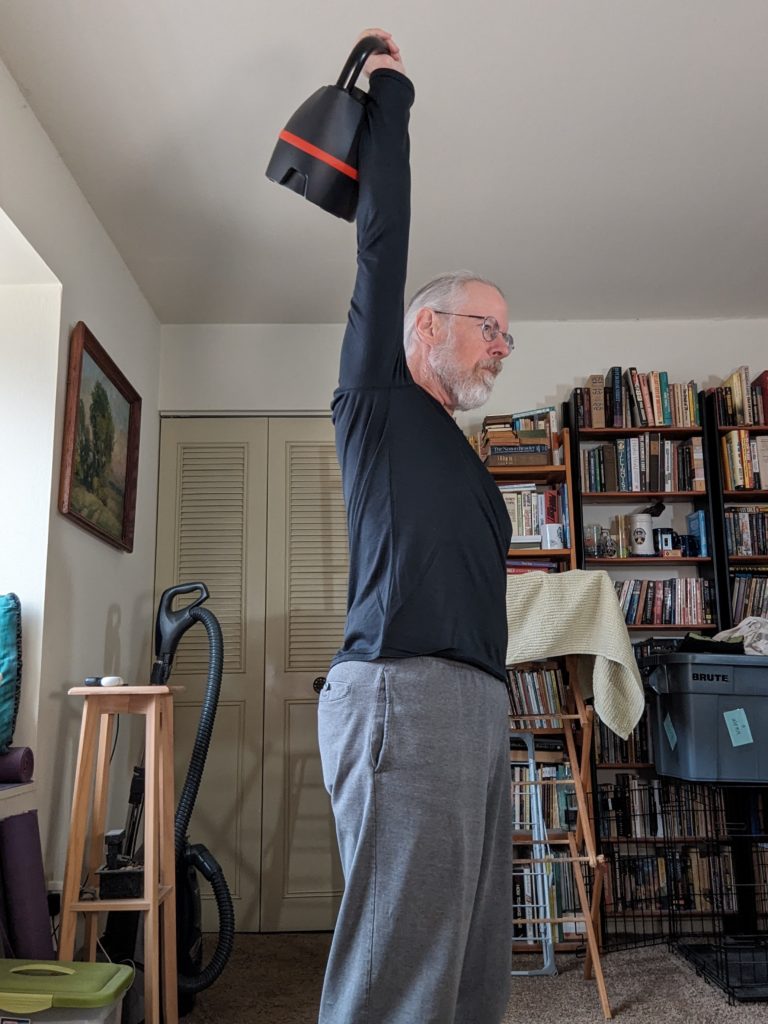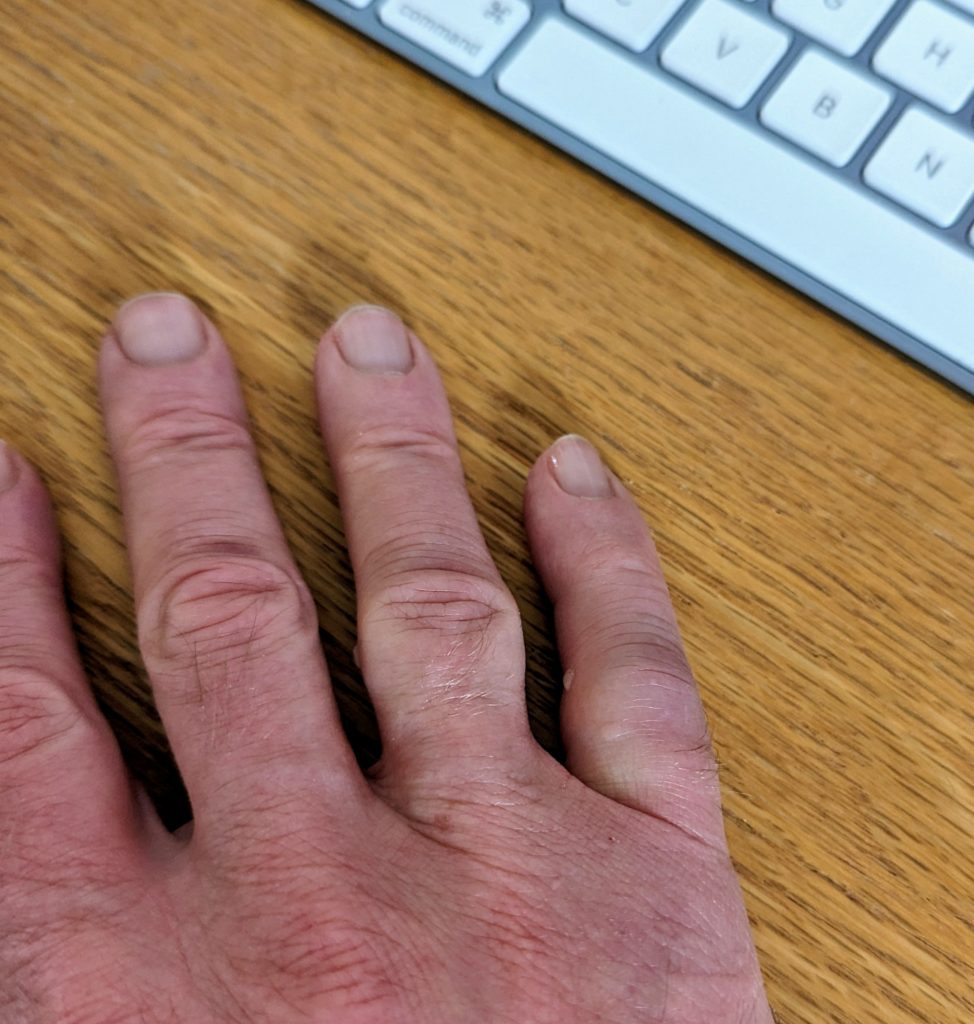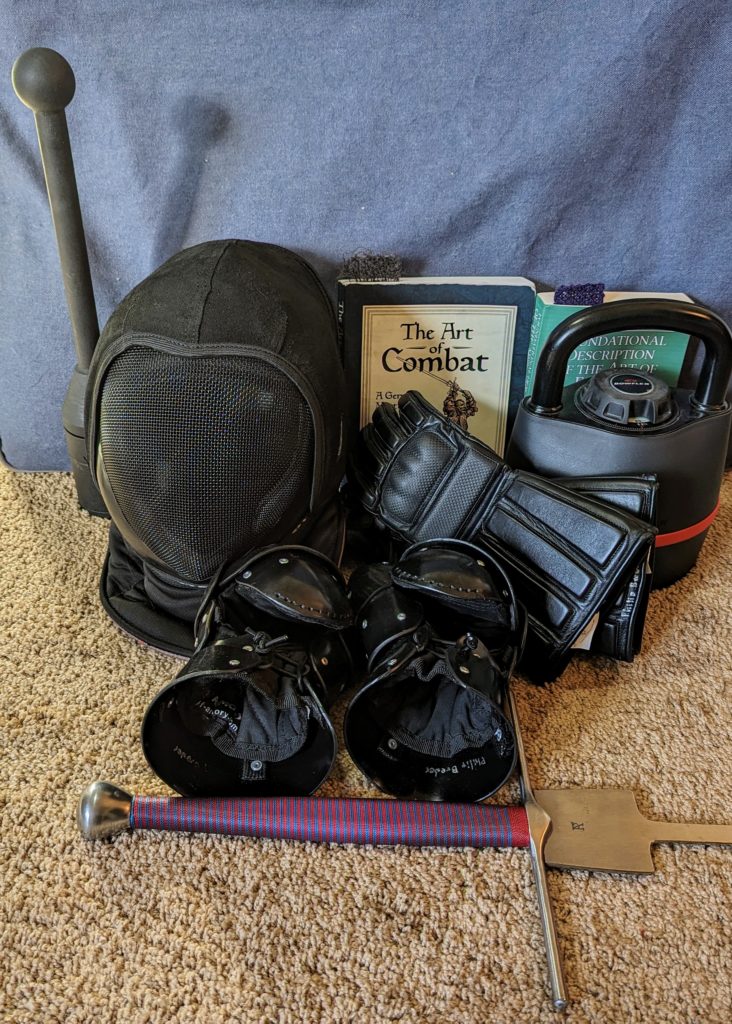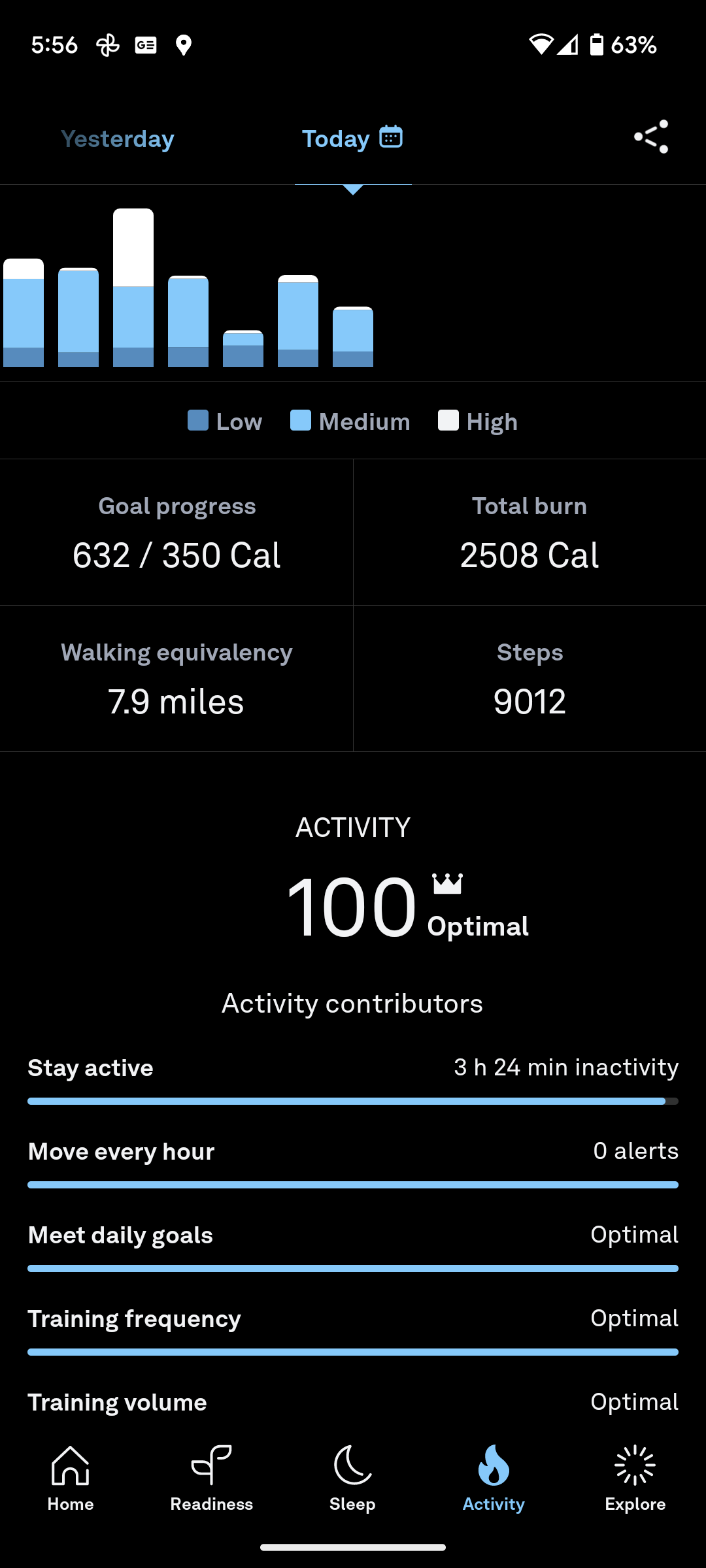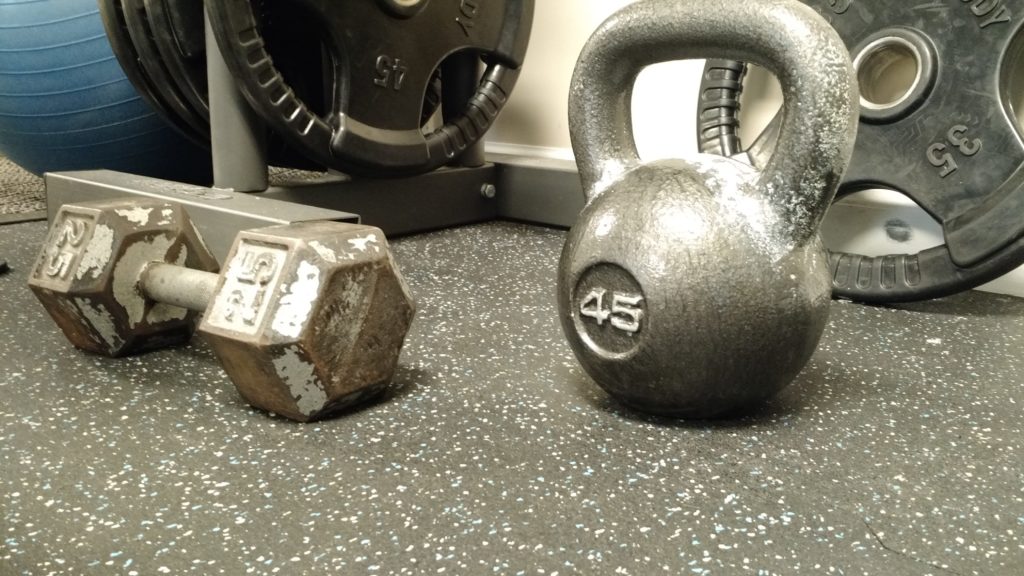
A couple of aspects of longsword turn out to be hard not from a skill perspective, but from a simple strength and endurance perspective. Look at the guys in this picture. Their arms are fully extended, either forward or upward. That’s just hard to do for minutes at a time. Besides that, they’re in a pretty low lunge position. That’s also hard to do for minutes at a time.
A couple of days ago, I had a chance to ask celebrity trainer Mark Wildman how he’d program for building arm strength and endurance. It turns out he’s a huge longsword geek. Here’s the video, cued up to where he reads my question (should be 41:57). The related stuff goes through 48:50).
My original question was: “I’m doing longsword. One issue is arm strength and endurance. I’m doing kettlebell clean&press and pushups (for holding the sword overhead and extended forward). Any other ideas?”
Here are my notes on Mark’s reply:
Mace & Club
Single-arm heavy club program (a program that isn’t for sale yet, but that is pretty easy to deduce from the videos on Mark Wildman’s youtube channel).
Basis of Strength (2-Handed club program that does exist, although it’s pretty expensive).
Mace 360s. (The mace equivalent of a club shield cast: You bring your hand past your opposite ear, swing the mace behind you, and catch it back in front.)
Cut the Meyer square for time. (I don’t think he said WHAT time would be appropriate. Maybe do a 10-minute emom, where you do the full square, rest until the end of the minute, and then repeat. Or maybe 30 seconds on/30 seconds off.)

He emphasized training both dominant hand and non-dominant hand.
This, by the way, goes against the advice of Liechtenauer, who says:
Fence not from left when you are right. If with your left is how you fight, You'll fence much weaker from the right.
I suspect that the difference has to do with your goals. Liechtenauer was speaking to someone who had to win sword fights. Wildman is speaking to someone trying to get fit for a hobby.
Push ups as part of a warm-up. (Since I had mentioned pushups.)
Instead of pushups, do burpies in full HEMA gear. (Oy.)
Don’t do actual sword movements with mace or club. Do those with an actual longsword.
Mace drop swing in Meyer stance (4 versions: contra- and ipso- lateral with each foot forward): Here’s two videos of that:
I’ve ordered a mace so I can try that (and other mace stuff). I haven’t yet pulled the trigger on the (expensive) Basis of Strength program, although I’m tempted. While I ponder that, I’ll start doing mace drop swings while in a lunge, and see if I can get both my extended arm strength and endurance up, while also improving my Meyer fencing stance.

